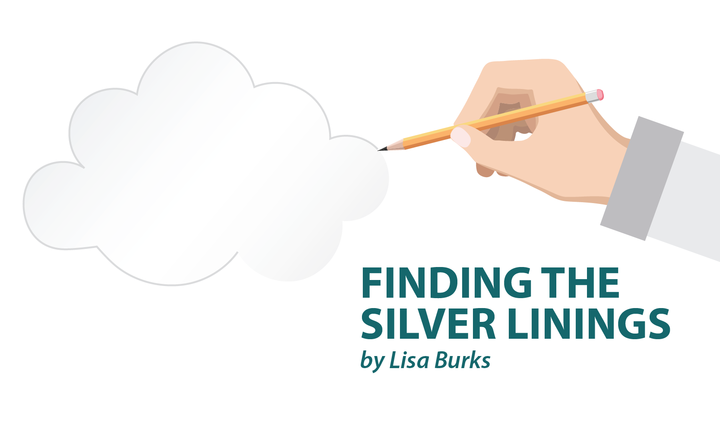In my previous column, I addressed the issue of malnutrition associated with Crohn’s disease. Here, I want to discuss a specific diet that gastroenterologists may suggest to help control the symptoms of Crohn’s disease. It’s called the low-residue diet (LRD).
What is a low-residue diet?
Following the stage in the digestive process where nutrients are absorbed as food passes through the small intestine, undigested food, or “residue,” enters the colon and forms into stool. An LRD limits the consumption of high-fiber foods, which include uncooked vegetables, fruits, and whole grains. By restricting fiber, the speed at which the stool passes through the colon is reduced. An LRD is typically recommended when the bowels need a break during severe Crohn’s flares, when obstructions or strictures are present, and before or after surgical procedures.
How does it help?
Low-residue diets are intended to relieve the demand on your intestines, so they don’t have to work hard to digest food. Foods that are high in fiber can make my Crohn’s worse, whether during a flare or not. My symptoms include severe abdominal cramping, bloating, nausea, and frequent bowel movements. During flares, urgent trips to the bathroom are needed due to severe diarrhea. This is when a low-residue diet comes in handy.
Fiber speeds up the digestive process, which is suitable for someone dealing with constipation, but not ideal for anyone suffering from diarrhea. When foods pass too quickly through the small intestine, it interferes with the absorption of nutrients. Low-fiber foods slow down the digestive rate, allowing the body more time to take in nutrients.
Other conditions can benefit
If you have an intestinal obstruction or stricture, your doctor may prescribe bowel rest. This is where you take a break from eating and drinking, which allows the intestines to heal. While doing a bowel rest, you will have IV fluids to ensure you don’t become dehydrated. If bowel rest is required for an extended period, supplemental liquid nutrients can be given through a small tube running from the nose to the stomach or small intestine, or intravenously. Following bowel rest, an LRD can help to restart your intestines. Fiber can be slowly reintroduced to the diet as your bowel heals.
During my years of living with severe Crohn’s disease, I have had many flares, obstructions, and intestinal resections. I have had benefits from following a low-residue diet. I’ve noticed that my symptoms reduced in frequency and severity. I have taken numerous medications to treat and control this aggressive disease, and some of them, such as corticosteroids, can have severe life-altering side effects. So, if I can manage some of my symptoms without taking medications, adhering to an LRD is worthwhile for me.
As a reminder, this is my personal experience, and each person’s condition is different. Be sure to consult your doctors about any treatment decisions.
***
Note: IBD News Today is strictly a news and information website about the disease. It does not provide medical advice, diagnosis, or treatment. This content is not intended to be a substitute for professional medical advice, diagnosis, or treatment. Always seek the advice of your physician or other qualified health providers with any questions you may have regarding a medical condition. Never disregard professional medical advice or delay in seeking it because of something you have read on this website. The opinions expressed in this column are not those of IBD News Today, or its parent company, BioNews Services, and are intended to spark discussion about issues pertaining to IBD.


You probably offer flyers and brochures as downloads from
your website. We did a project to get a mortgage company in United States; and even the term
“mortgage” is translated in 3 ways in Chinese, which can be confusing.
At as soon as, probably the most popular forms of
general marketing used by world wide web advertising companies is termed
article marketing.